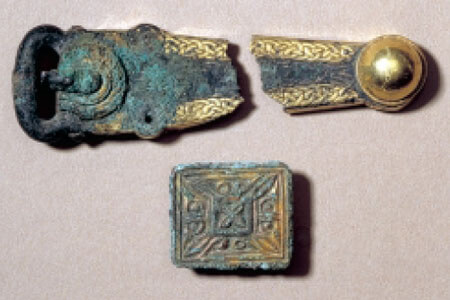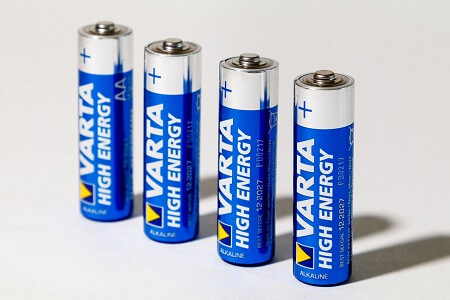This is a lesson summary. The full lesson can be viewed by purchasing an online course subscription.
Learning Objective
In this lesson we will expand our definition of oxidation and learn how it occurs in combination with reduction in redox reactions.
Learning Outcomes
By the end of this lesson you will be able to:
- Describe oxidation in terms of the transfer of oxygen or the transfer of electrons.
- Describe reduction in terms of the transfer of oxygen or the transfer of electrons.
- Describe a redox reaction.
- Differentiate between the oxidising agent and the reducing agent in a redox reaction.
- Represent redox reactions as half-reactions and net ionic equations.
- Describe the corrosion of metals by substances other than oxygen.

(Image: Fæ, Wikimedia Commons)
Lesson Summary
- Oxidation and reduction can be defined in terms of the transfer of oxygen or, more broadly, the transfer of electrons.
- Oxidation is defined as the gain of oxygen or the loss of electrons.
- Reduction is defined as the loss of oxygen or the gain of electrons.
- Oxidation and reduction occur simultaneously in oxidation-reduction (redox) reactions.
- A redox reaction is defined as the transfer of oxygen between species or the transfer of electrons between species.
- The species that is oxidised during a redox reaction is known as the reducing agent.
- A reducing agent is an oxygen acceptor or an electron donor.
- The species that is reduced during a redox reaction is known as the oxidising agent.
- An oxidising agent is an oxygen donor or an electron acceptor.
- Redox reactions that involve ionic compounds can be represented by net ionic equations, which do not include spectator ions.
- They can also be separated into half-reactions showing the oxidation and reduction components of the redox reaction.
- The definition of corrosion can be expanded to include reactions between metals and substances other than oxygen.
- Metals can be oxidised by acids to produce a salt and hydrogen:
- Metals can be oxidised by water to produce a metal hydroxide and hydrogen:
- Metals can be oxidised by hydrogen sulfide to produce a metal sulfide and hydrogen:

Batteries generate electricity (the flow of electrons) through redox reactions.
(Image: Alexei_other, Pixabay)
(Header image: salita2010, Adobe Stock)



